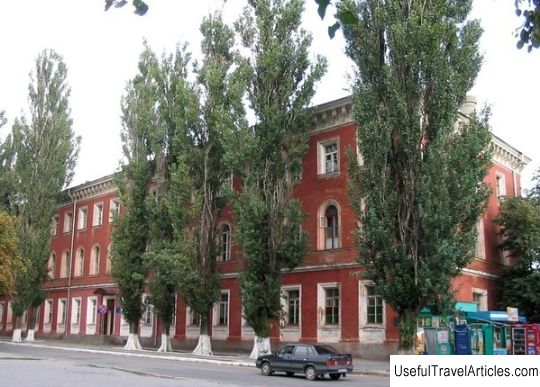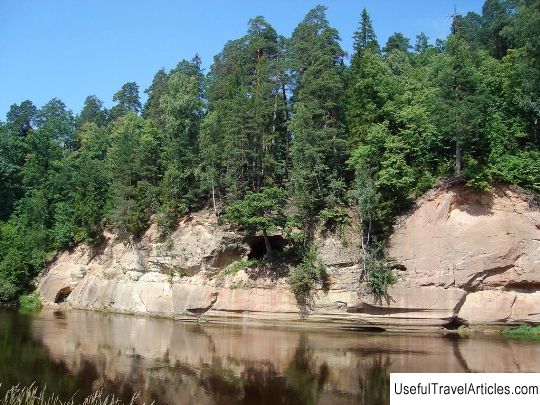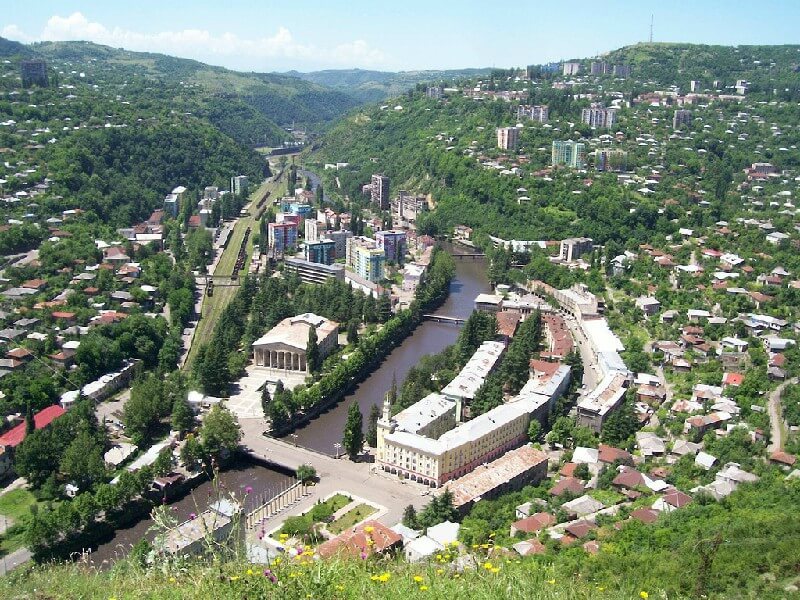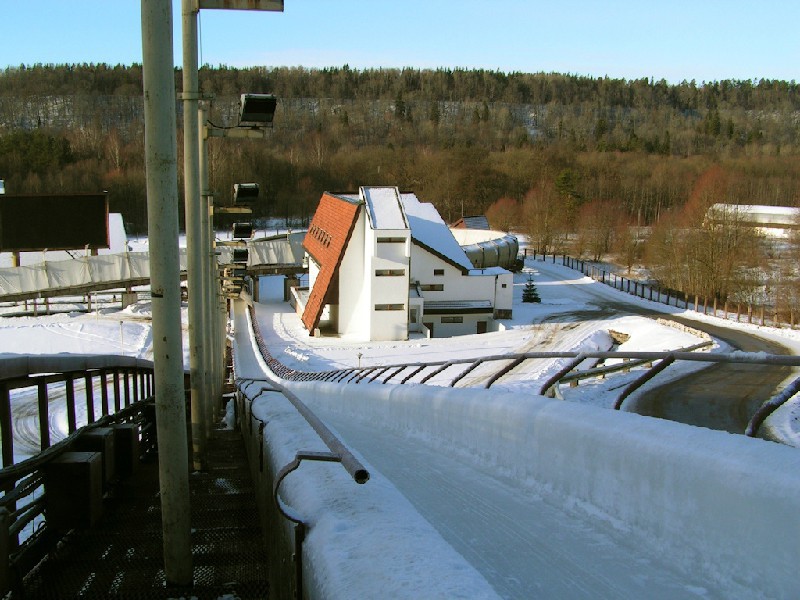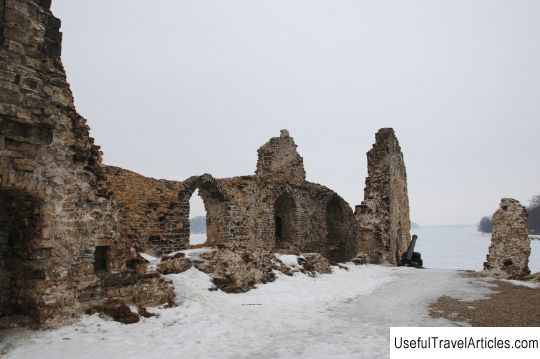Krimulda medieval castle description and photos - Latvia: Sigulda
Rating: 8,7/10 (6894 votes) 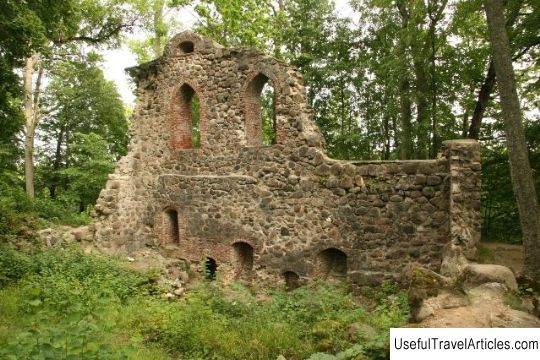
Krimulda medieval castle description and photos - Latvia: Sigulda. Detailed information about the attraction. Description, photographs and a map showing the nearest significant objects. The name in English is Krimulda medieval castle. Photo and descriptionKrimulda medieval castle, or rather its ruins, is located in the village of Krimulda, near the city of Sigulda, on the main slope of the right bank of the century-old valley of the Gauja River. В In 1231 the Bishop of Riga allocated land for the construction of the castle. Presumably, the construction of the castle was started in 1255, but there is no confirmation of this fact in historical documents. For the first time, mention of the castle can be found in the protocol of 1312, which was created by the ambassador of Pope Francis of Moliano. At a time when the struggle of the Riga archbishop with the order was taking place, the order's troops captured the castle. In 1318, the order was ordered to return all property that had been seized during the war. In the period from 1558 to 1585, after the Livonian War, the headman from Poland lived in the castle. In 1592, the castle passed into the ownership of the advisor Holdschner. In 1601, when the Polish-Swedish war was taking place, the castle was captured by the Swedes. In the fall of the same year, retreating, Count Johann von Nassau ordered the destruction of the castle. It was burned. Most likely, after this incident, the castle was no longer restored, although it is mentioned in historical documents of the 17th century. The Poles did not manage to stay in the Vidzeme region for a long time, and it passed into power to the Swedes. In the annals of 1624, created by the Swedes, it is said that the castle was burned, but after the fire, one room was able to survive, suitable for habitation, with a stove, but without windows, and with a cellar under it. Also, 2 wooden cages, a barn, a kitchen and 2 log cabins with rooms have survived from the castle estates. In 1625 Sigulda and Krimulda were donated by the Swedish king Gustav II Adolf to his advisor Gabriel Uksenstern. In 1726, after the Great Northern War, Krimulda became the property of Captain Karlis von Helmersen. And in 1817 Krimulda became the property of the Lieven family. In 1861-1863, Count Lieven ordered an archaeological excavation. The historian H. Bruining supervised this process. The foundations of the Northern and entrance towers and the living quarters were examined. On July 11-12, 1862, Krimulda was visited by the Russian Emperor Alexander II. At the same time, outside walls with two windows in the Gothic style were built on the territory of the castle, in the south-western part of the residential building, on the old foundations. The castle was erected on the slope of the right bank of the ancient valley of the Gauja River. On three sides, the castle was surrounded by the natural slopes of the valleys of the Gauja and Vikmeste rivers, and on the fourth side there was a moat. The castle was small. It consisted of a main building and two guard towers. In the courtyard of the castle there were outbuildings made of wood. The castle was built of huge stones with a lime binder. A fortress wall was erected around the castle, having a thickness of 1.5 to 2 meters. The main building of the castle was located in the south-west of the territory. Its dimensions were 54.4x17.5 meters. 3 cellars were built under the building. The first floor of the castle was occupied by a kitchen, a dining room and utility rooms, on the second floor there were living rooms, and the third floor was given over to small rooms. In the south-western part of the castle territory, there was one of the security towers (9, 5 meters wide), protecting the entrance gate. And in the north of the castle estates there was another - a square guard tower. It guarded the approaches from the side of the Vikmeste river ravine. Insignificant remains of the ancient castle have survived to this day, in particular, a small fragment of a stone wall and huge Gothic windows, fashionable in the 19th century.        We also recommend reading Studenica monastery description and photos - Serbia Topic: Krimulda medieval castle description and photos - Latvia: Sigulda. |
